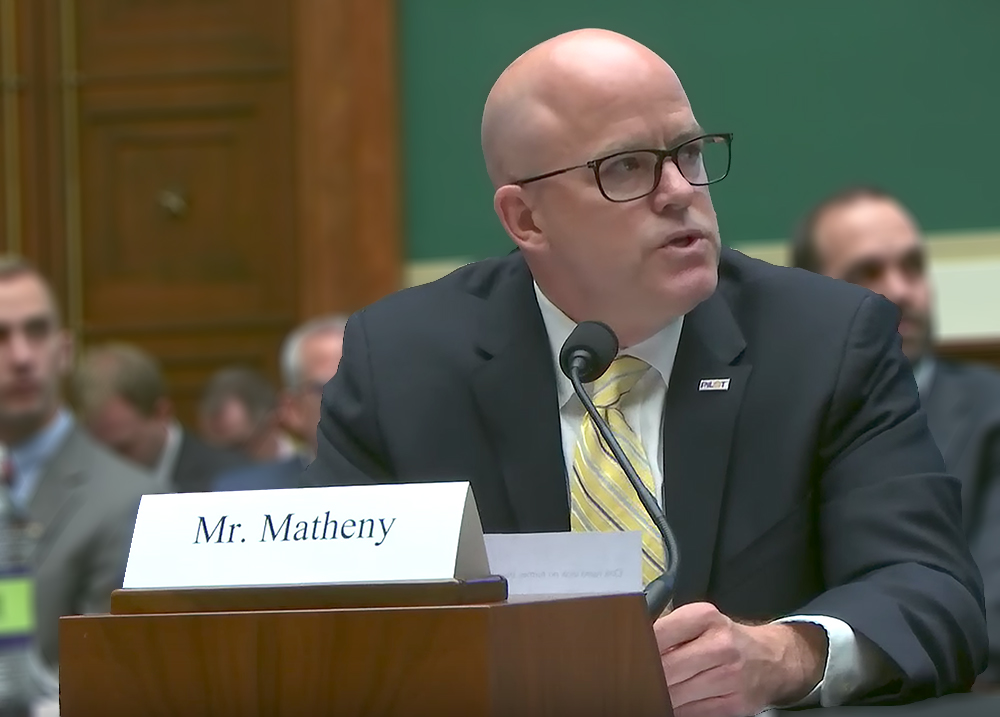On May 17, NAB CTO Sam Matheny testified before the House Subcommittee on Communications and Technology on the Future of Emergency Alerting. He described how the Next Gen TV standard ATSC 3.0 can enable advanced emergency alerting capabilities when disaster strikes.

NAB CTO Sam Matheny testifying before the House Subcommittee on Communications and Technology.
In his testimony, Matheny described broadcasters as the “backbone of the Emergency Alert System,” due to the robustness of the broadcast infrastructure and the trust communities place in their local broadcasters.
“Local stations are part of the communities they serve,” said Matheny, “and local radio and TV stations are sometimes the only available communication mediums in an emergency when cell phone and wireless networks fail.”
The reliability of broadcasting is enforced by the trust that people place in their local stations. Matheny cited a recent poll by Morning Consult showing that broadcasters are the number one medium that Americans turn to during emergencies, choosing broadcast radio and TV by a factor of almost four to one.
Matheny explained how Next Gen TV will further improve the Emergency Alert System, by allowing local stations to deliver photos, animations and multiple translations. Next Gen TV would also allow the EAS system to send a “wake up” function that would turn on a television during a crisis, and deliver these same benefits to Next Gen enabled mobile devices.
“The public safety benefits of next-gen TV and advanced emergency alerting can significantly improve the content, pervasiveness, accessibility and reliability of America’s emergency alerting systems and, hopefully, save lives” said Matheny.
Matheny was joined by Christopher Guttman-McCabe, CEO, CGM Advisors, LLC, on behalf of Advanced Computer and Communications, LLC; and Dr. Farrokh Khatibi, Director of Engineering, Qualcomm Technology. Guttman-McCabe and Dr. Khatibi both testified on Wireless Emergency Alerts (WEA). Guttman-McCabe highlighted the importance of upgrading the number of characters in WEA from 90 to 360, as well as the benefits of geotagging. Dr. Khatibi explained how WEA alerts are broadcast to the cell towers in the area affected by the emergency.
You can watch Sam’s remarks here or the full hearing here.


